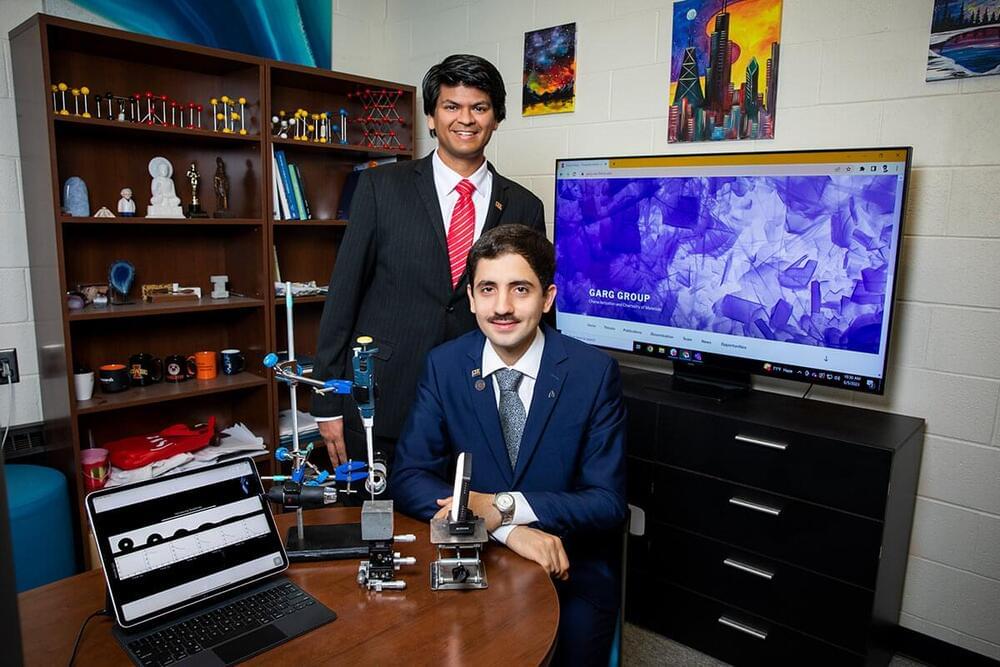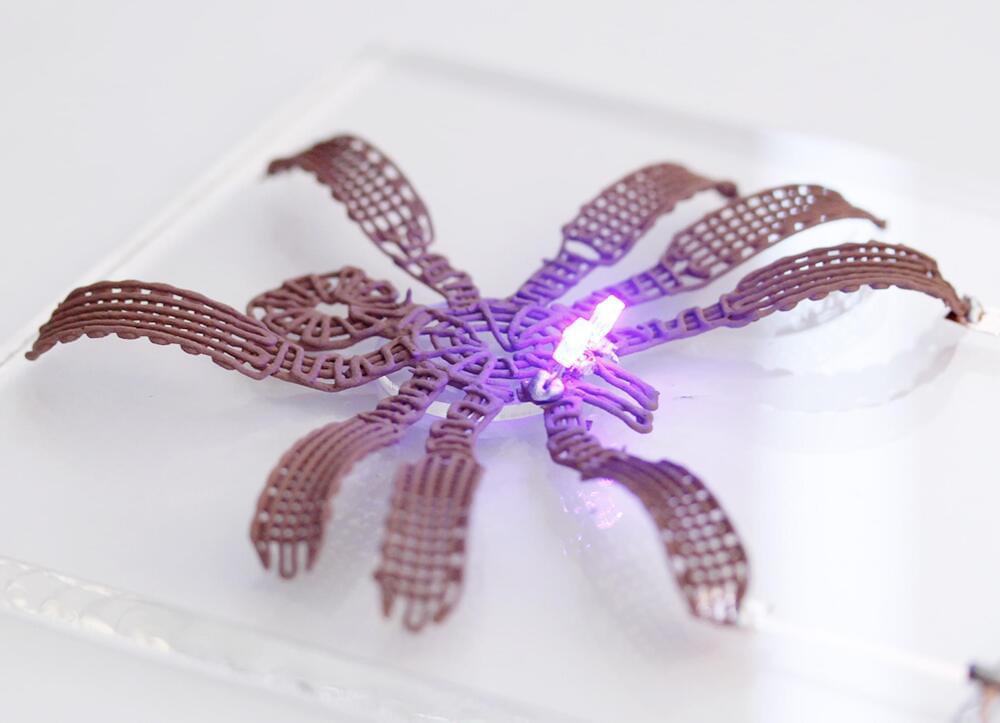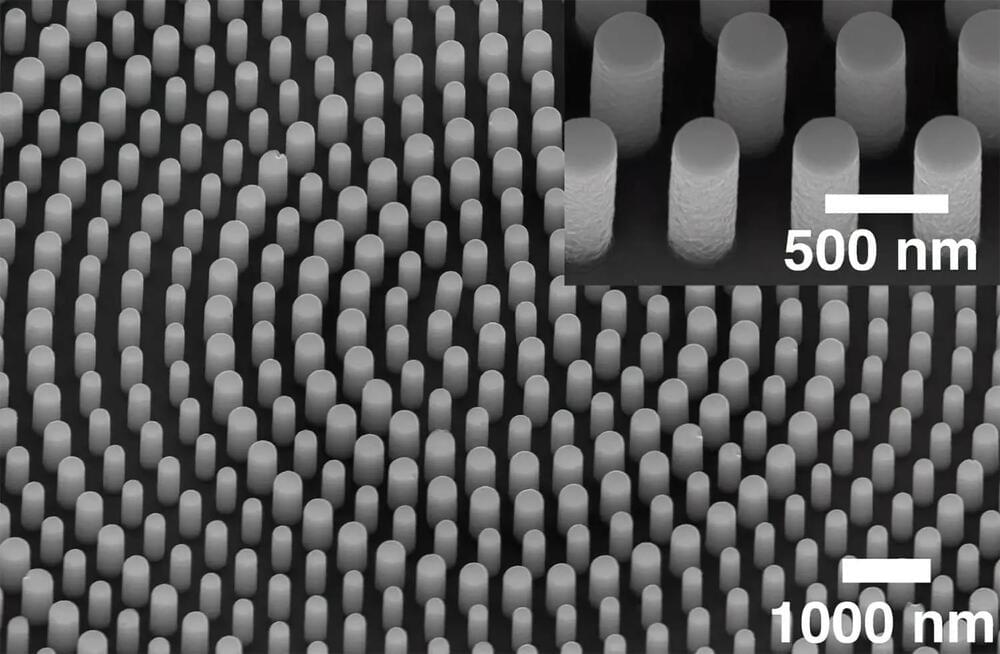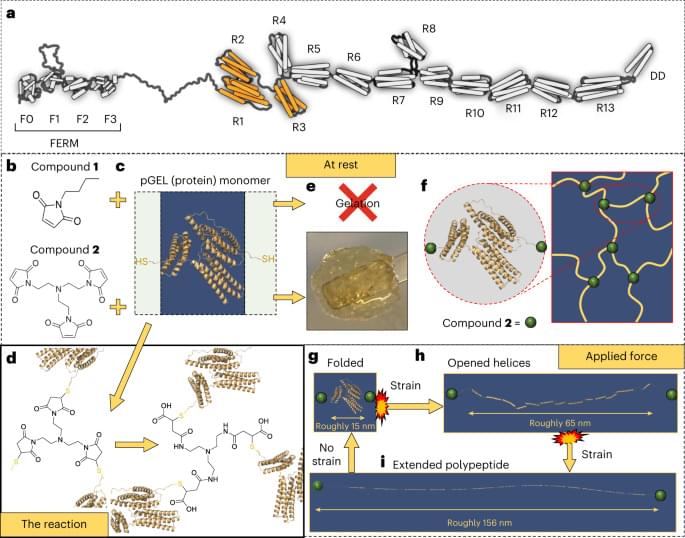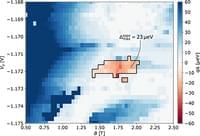Jul 9, 2023
Bjarke Ingels designs Vollebak Island home to demonstrate “philosophy of hedonistic sustainability”
Posted by Kelvin Dafiaghor in categories: materials, sustainability
Danish architect Bjarke Ingels has collaborated with clothing brand Vollebak to design an entirely self-sufficient, off-grid island home in Nova Scotia, Canada.
Planned for an island within Jeddore Harbour, the house is designed to exemplify the clothing brand’s ideals and Ingels’ studio BIG’s “philosophy of hedonistic sustainability”.
“Vollebak is using technology and material innovation to create clothes that are as sustainable and resilient as they are beautiful,” said Ingels.

